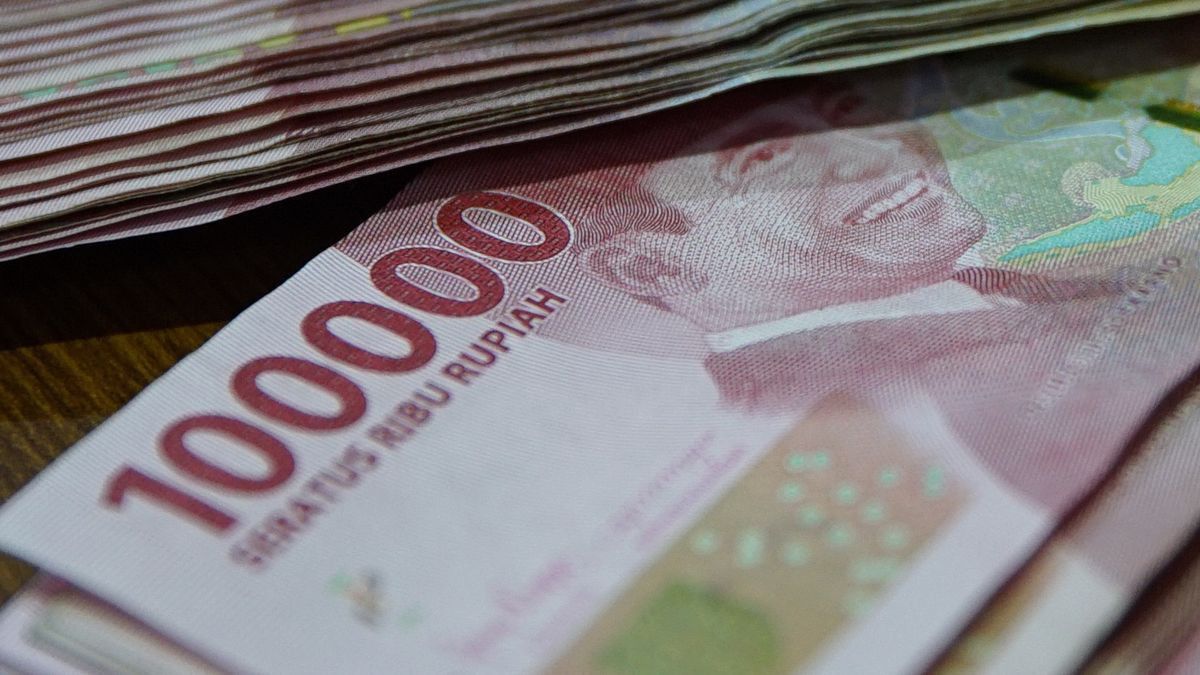JAKARTA - Chairman of the Board of Commissioners of the Financial Services Authority (OJK) admitted that his party together with Bank Indonesia and the Ministry of Finance deliberately designed the liquidity condition to be sacrificed quite loosely during the pandemic period.
"Until now, we are still keeping liquidity at the banking level loose enough to be ready to support economic growth through lending when improvements begin. And, the signs are already visible, "he said, Tuesday, January 26.
According to Wimboh, the condition of the accumulated funds is a strategy of the OJK through POJK No.11 of 2020, Bank Indonesia through accommodative monetary policy, and fiscal instruments implemented by the Ministry of Finance.
"Starting from the statutory reserve requirement (minimum statutory reserve), interest rates are being pushed to continue to fall as well as government spending on social assistance," he said.
Based on data reported by the authorities, the position of third party funds (DPK) of banking institutions in December 2020 amounted to IDR 6,665 trillion. This figure is quite high if you look at the ratio of funds channeled to the public in the form of credit.
As of December 2020, the amount of credit compared to the funds raised (loan to deposit ratio / LDR) was 82.2 percent. This means, of all the money in the bank, only about 80 percent has been disbursed through credit distribution.
Meanwhile, the LDR ratio before the pandemic was in the range of the level of 93 percent to 95 percent, and this was considered safe and quite expansive.
Meanwhile, the credit rate was still quite sluggish until the last month of 2020 with a value of IDR 5,481 trillion or decreased to minus 2.41 percent on an annual basis.
Furthermore, Wimboh also did not dismiss the fact that the steps taken by these three institutions had a separate effect on stock price movements in the country, particularly as reflected in the composite stock price index (IHSG). For information, the JCI had touched its lowest level of 3,937 on March 24, 2020. Then, along with the economic recovery, the JCI returned to around 6,000 levels today.
"The capital market was corrected, but now it's back," he said.
The English, Chinese, Japanese, Arabic, and French versions are automatically generated by the AI. So there may still be inaccuracies in translating, please always see Indonesian as our main language. (system supported by DigitalSiber.id)











